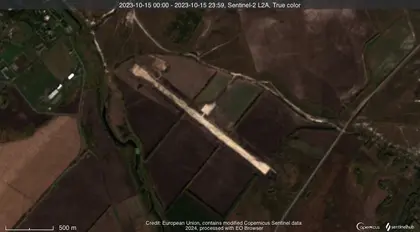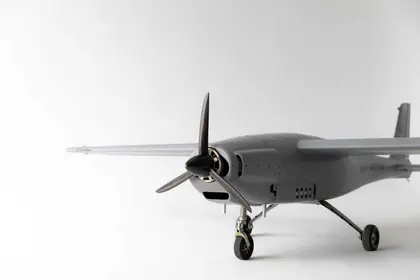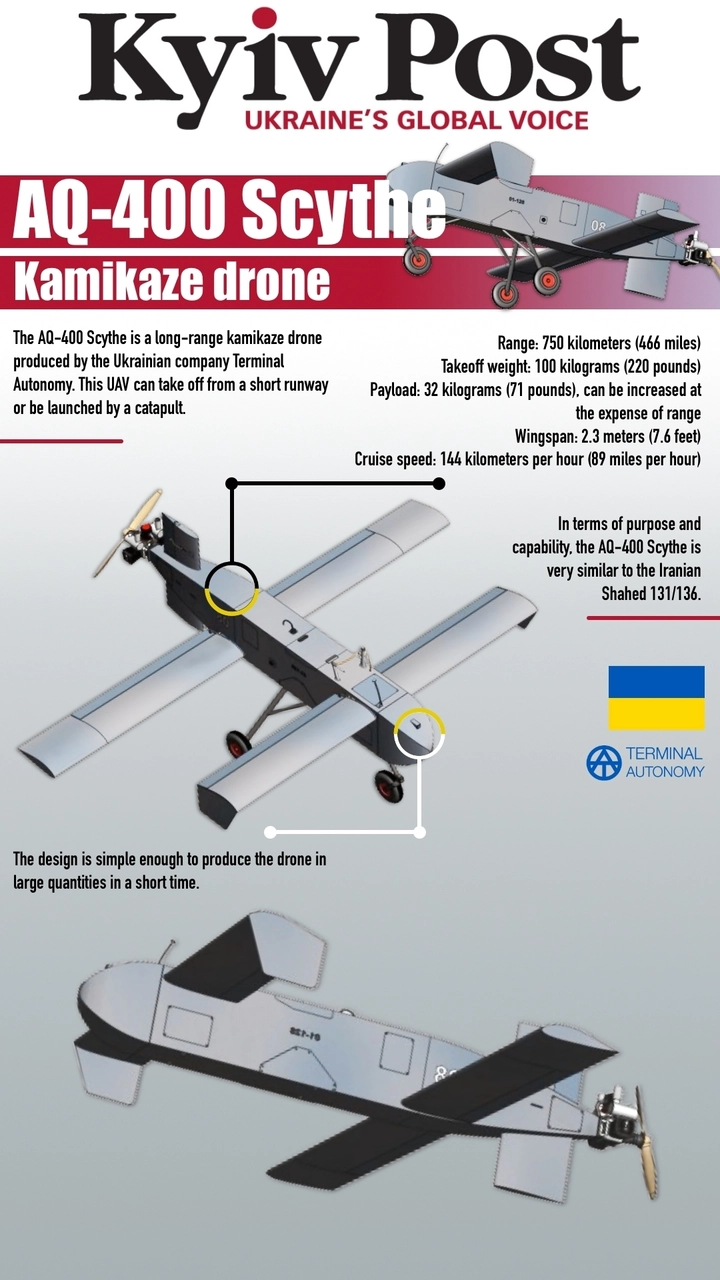Since the beginning of 2024, Ukraine has struck at least 11 major oil refineries in Russia, thus reducing the industry’s total capacity by nearly 14 percent. In all of the strikes Ukraine used kamikaze drones of its own make as the country is short of alternatives. While its partners are still undecided on supplying it with long-range missiles, Ukraine is making the most of the domestic development and production of strike UAVs.
If the target is an industrial facility, it may well be more rational to use drones rather than missiles that are costlier and more difficult to produce. On the other hand, it is more rational to use high precision missiles against strongly protected Russian targets, such as Black Sea Fleet ships, headquarters and command posts, military airfields or troop concentration sites.
Ukrainian drones successfully operate far into Russian territory against stationary targets like oil refineries as well as military airfields where they have destroyed or damaged quite a few aircraft. They have also struck Russian Defense Ministry HQ in the Moscow City tower and even the dome of the Kremlin building. There are allegations though that the latter drone was launched from Russian territory. What is indisputable is that Ukrainian long-range drones have proven to be strikingly efficient.
On the morning of April 2, Ukrainian drones hit two oil refineries in Tatarstan, which is located more than 1,200 kilometers (745 miles) from the Ukrainian border.

New Military Airfield Under Construction in Russia's Belgorod, Investigation Reveals
At one of them, in Yelabuga, the Russians assemble Iranian Shahed kamikaze drones that terrorize Ukrainian cities day in and day out.
There is also an alternative version of the Ukrainian attack. According to some media, the oil refineries in Tatarstan were attacked not by strike drones but by remade Cessna 172 planes. In 2019, the US Air Force worked at modifying the Cessna 206 for remote-controlled operation, so Ukraine may have used similar solutions.
Why Ukraine needs such drones
Ukraine began to develop strike UAVs years before Russia’s full-scale invasion in February 2024, but this sector of the defense industry got a tremendous impetus in the first days of the war when the whole world saw the footage of Ukrainian operators of Turkish-made Bayraktar TB2 drones burning down columns of Russian armored vehicles and other hardware. Now it is clear that unmanned aircraft play the key role in modern warfare. They effectively destroy enemy personnel and materiel, saving the lives of Ukrainian soldiers. The war in Ukraine has shown that technology is no less important a weapon than artillery.
In 2022, Russia received hundreds of Shahed kamikaze drones from Iran and promptly launched their domestic assembly. In 2023, Ukrainian air defenses intercepted 2,691 Shaheds, but they were unable to intercept all of them. Russia produces them in thousands and uses them against Ukraine practically every day. As a countermove, Ukraine began to intensively develop its own long-range strike UAVs. Now Russia sees that this is a game of two.
Ukrainian drone strikes deep into Russian territory target industrial facilities, military equipment and even personnel. In strategic terms, they do not only cause serious damage to Russia’s military infrastructure and logistics, but also deprive it of its basic resources and thus reduce its economic potential for further aggression.
UJ-22 Airborne
The UJ-22 Airborne was developed by the Ukrainian company Ukrjet and presented in June 2021. The company claims this multirole unmanned complex can fulfill a wide range of tasks at any time of the day in any weather conditions and is EW-proof (Electronic Warfare).
The UJ-22 weighs 85 kilograms (187 pounds), including the 20-kilogram (44-pound) payload. This small multi-use UAV is practically undetectable and can be used in search and rescue operations as well as for reconnaissance and combat missions. It actually performs as a bomber dropping 82mm mortar rounds on a designated target and returning to its base.
There is another combat use: with 20-kilogram of explosives in its warhead, it becomes a kamikaze. Then, its effective range increases to 800 kilometers (500 miles) since it does not need more fuel to fly back to the base.
The UJ22 can be operated in the automatic, semiautomatic or manual mode, i.e., it can fly autonomously along the preprogrammed path or be guided by the operator – partially or fully.
AQ-400 Scythe
This UAV was developed and produced by the Ukrainian company Terminal Autonomy as a kamikaze drone. In terms of purpose and capability, the AQ-400 Scythe is very similar to the Iranian Shahed 131/136.
The design is quite simple, so it is possible to produce this drone in large quantities in a short time. In terms of production costs, the AQ-400 is significantly less expensive than the Shahed: $15,000 vs $100,000.
According to the developer, the AQ-400 is designed for operation in a swarm where special electronic equipment installed in one of the UAVs relays signals to the others, making the swarm’s operation maximally coordinated and effective.
The Scythe can deliver its 32-kilogram (71-pound) “present” to destinations up to 750 kilometers (466 miles) away. The mass of the warhead can be increased to 70 kg, but at the expense of reducing the flight range.
During the longest part of the flight, the drone is autonomous as the absence of communication with the operator or satellite makes it immune to EW systems. At the final stage of the flight, when the drone reaches the destination, the operator can, if necessary, turn on the video link and take over control. Manual guidance is a better option for higher precision or if the target is moving.
The AQ-400 Scythe can take off on a runway or be launched by a catapult.
The Ukrainian forces received the first batch of these drones in December 2023, when the producer company’s monthly output capacity reached 100 AQ-400s. However, the company plans to increase the output to 500.
You can also highlight the text and press Ctrl + Enter






Comments (0)